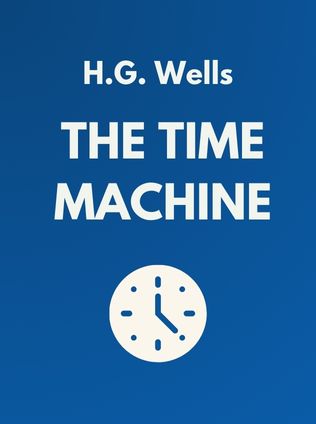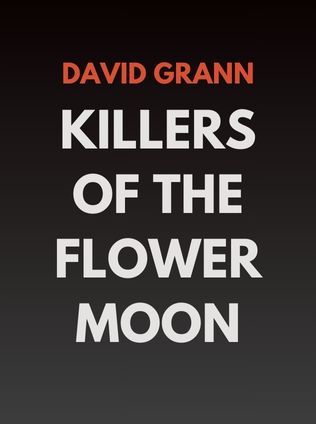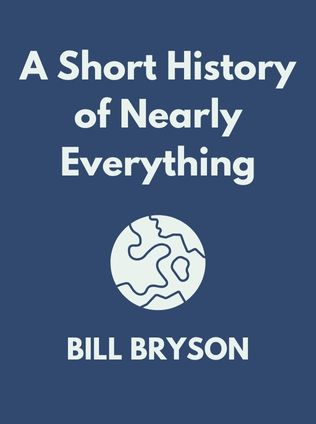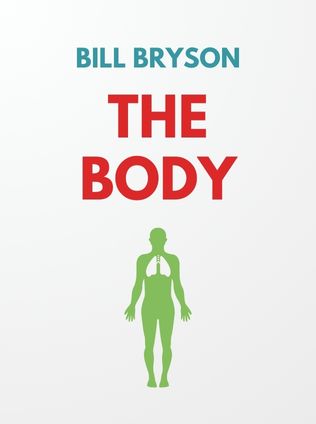
About the Author
Herbert George Wells, more famously known as H.G. Wells, is often hailed as the father of modern science fiction. Born in 1866 in Bromley, England, Wells was a man of immense intellectual curiosity and social consciousness. His early life was marred by financial instability, yet this did not deter him from pursuing knowledge. Wells was a voracious reader, and his passion for learning led him to study biology under the tutelage of T.H. Huxley, a prominent advocate of Darwin’s theory of evolution. This scientific background significantly influenced Wells' literary career, allowing him to blend scientific concepts with speculative fiction, creating stories that were as thought-provoking as they were entertaining.
Wells’ oeuvre is vast and varied, spanning across genres from social commentary and history to political philosophy and science fiction. His works often reflect his deep concern with the social and political issues of his time, particularly his advocacy for socialism and his critique of the class divisions that plagued Victorian society. His most famous works, including The War of the Worlds, The Invisible Man, and The Time Machine, not only entertained readers but also challenged them to think critically about the world around them.
The Time Machine, first published in 1895, is perhaps one of Wells' most influential works. It introduced the concept of time travel, a concept that has since become a cornerstone of science fiction. But beyond its innovative premise, the novel is a profound exploration of human nature, social evolution, and the potential consequences of the unchecked progress of civilization. Wells’ ability to weave together scientific speculation with deep philosophical inquiry makes The Time Machine a timeless piece of literature that continues to resonate with readers over a century after its publication.
Main Idea
The Time Machine is more than just a story about a man who invents a machine that can travel through time. It is a meditation on the future of humanity, the inevitability of change, and the fragility of civilization. Through the journey of the Time Traveller, Wells explores the potential consequences of social and economic divisions, the dangers of complacency, and the inexorable march of time. The novel paints a bleak picture of a future where humanity has split into two distinct species: the effete, childlike Eloi, and the brutish, subterranean Morlocks. This dichotomy serves as a stark warning of the dangers of social stratification and the exploitation of the working class.
At its core, The Time Machine is a story about the passage of time and the inevitability of decay. It challenges the notion of progress, suggesting instead that civilization is not an unbroken line of advancement, but a fragile construct that can easily collapse. The Time Traveller’s journey through time is not just a journey into the future, but a journey into the heart of human nature, revealing the darkness that lies beneath the surface of society.
Table of Contents
- Introduction to Time Travel
- The World of 802,701 AD
- Meeting the Eloi
- Encounters with the Morlocks
- The Journey to the End of the World
- Return to the Present and Uncertainty
Introduction to Time Travel
The novel begins with a gathering of intellectuals at the home of the Time Traveller, a brilliant but eccentric scientist. The Time Traveller introduces his guests to the concept of time as the fourth dimension, alongside length, width, and height. He posits that just as we can move freely through space, we should theoretically be able to move through time. To illustrate his point, he presents a small, intricate model of a machine, which he claims can move through time. When activated, the model disappears, leaving the guests in awe and disbelief.
This opening sets the stage for the novel’s exploration of time as a malleable concept. Wells challenges the reader to think beyond the linear perception of time, suggesting instead that time is a dimension that can be traversed just like space. This idea was revolutionary at the time and remains one of the most enduring concepts in science fiction. The Time Traveller’s assertion that “all objects actually exist in four dimensions” forces the reader to reconsider their understanding of reality, opening up a narrative that is as much about the limitations of human perception as it is about the possibilities of science.
Sign up for FREE and get access to 1,400+ books summaries.
You May Also Like
Freakonomics
A Rogue Economist Explores the Hidden Side of Everything
By Steven D. Levitt and Stephen J. DubnerFactfulness
Ten Reasons We're Wrong About the World – and Why Things Are Better Than You Think
By Hans Rosling



















